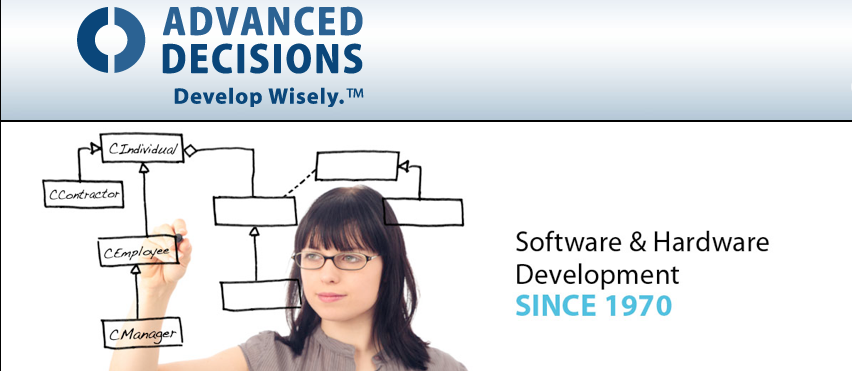I was reading an article about startups recently and the author claimed that success was not due to one big thing, but a lot of little things. We had a business coach a few years back that said the same thing – when we reach the level of success we’re aiming for we won’t be able to look back and put our finger on one thing, but instead, we’ll see it was many little things contributing and working together.
It got me thinking – is that true of software projects as well? Probably. This may be one of those universal laws like the Pareto principal (aka the 80-20 rule), that seems to apply to everything.
Is there one thing, one big key that will make a project successful? If I had to pick only one, I would say it would be the team, but is that enough? I don’t think so. Even the greatest team can’t be successful with a lousy idea, bad requirements or no funding. Sure they may be able to get something out the door, but will it sell in the marketplace? Will it really meet a need? Probably not.
Ok, so I guess we’ve established that I don’t believe in “silver bullets”. So back to the original premise – what are all those little things? Well certainly the team, but what about tools, processes, appropriate budgets, management support, a great idea, customer need, stellar marketing, support, sales, etc……
It really does take a village!
